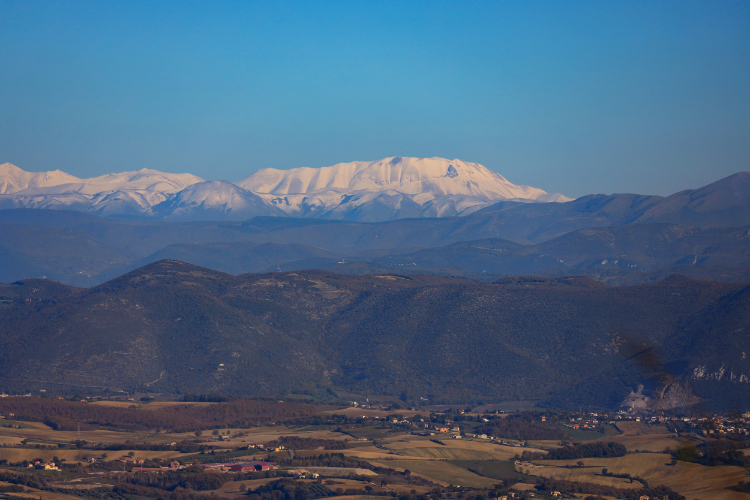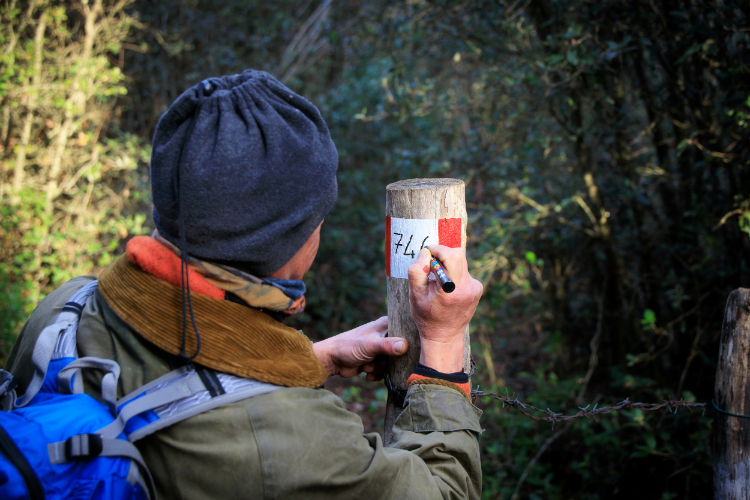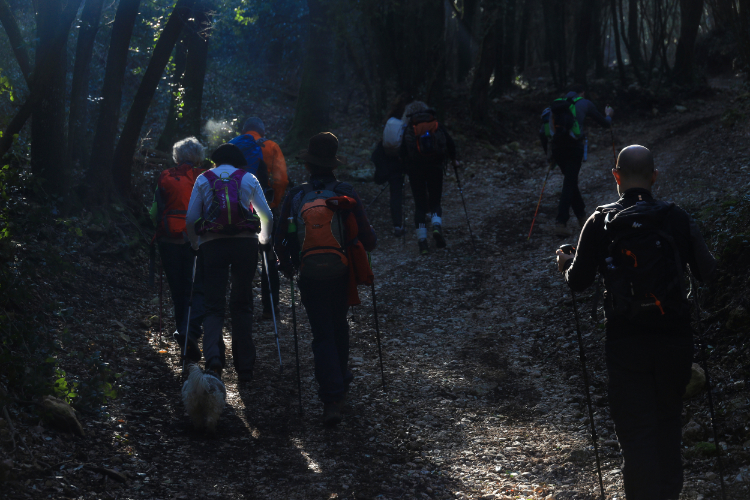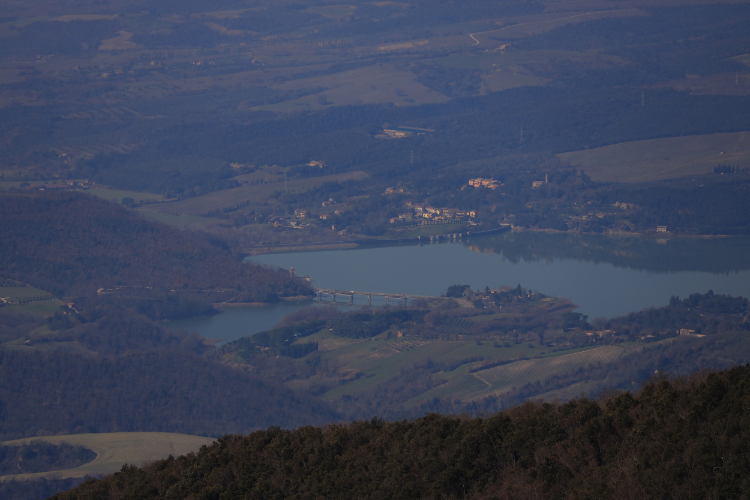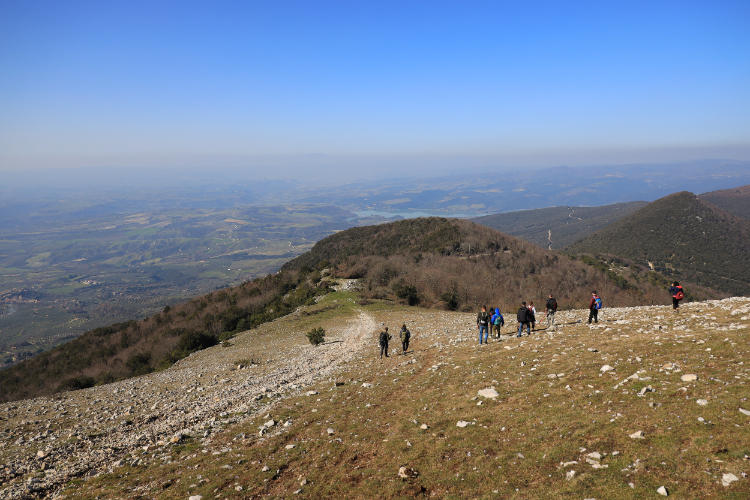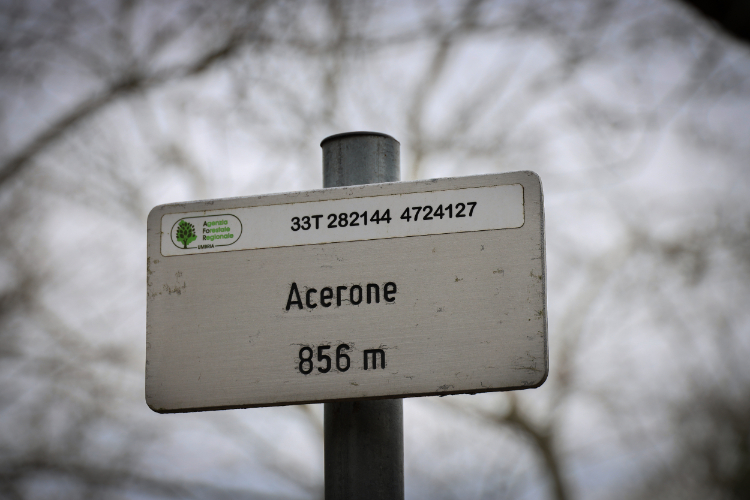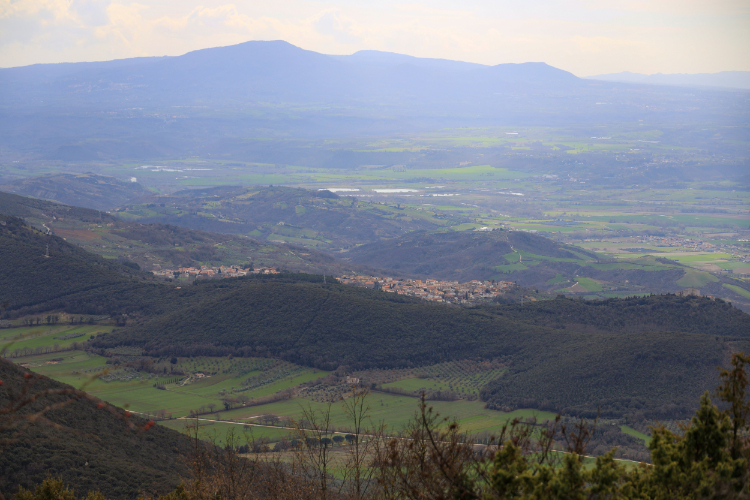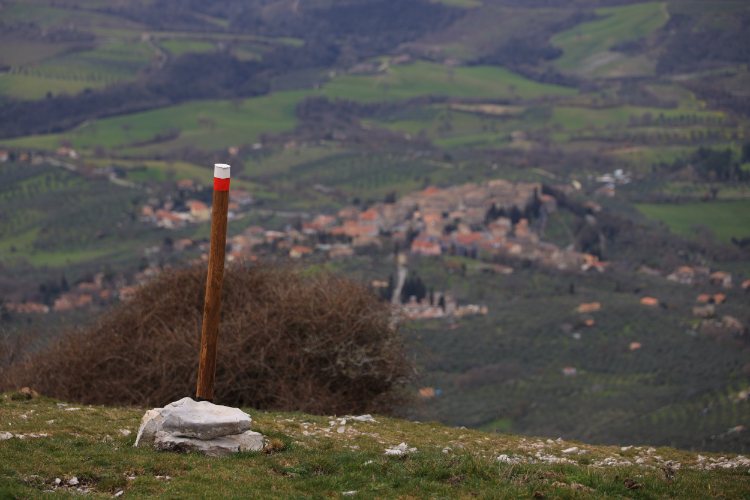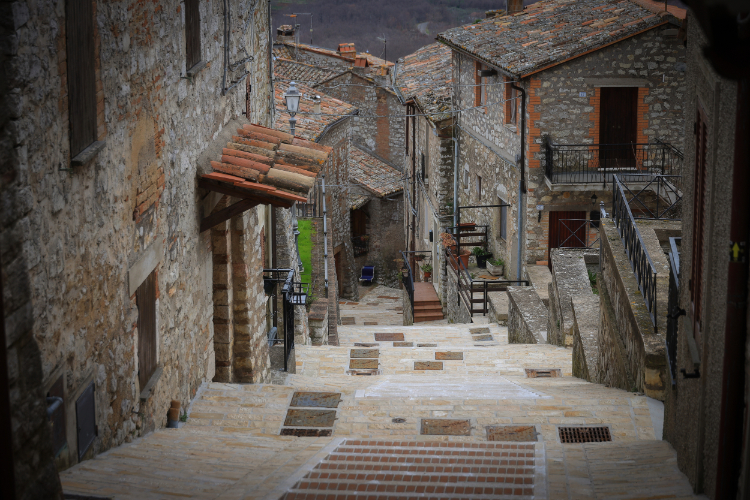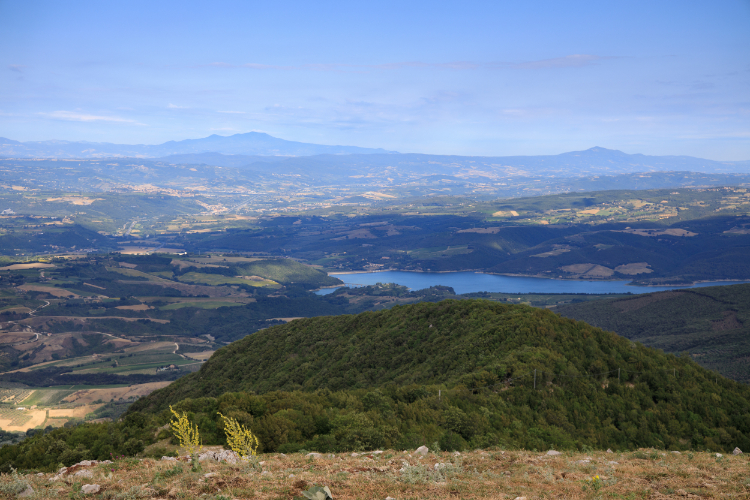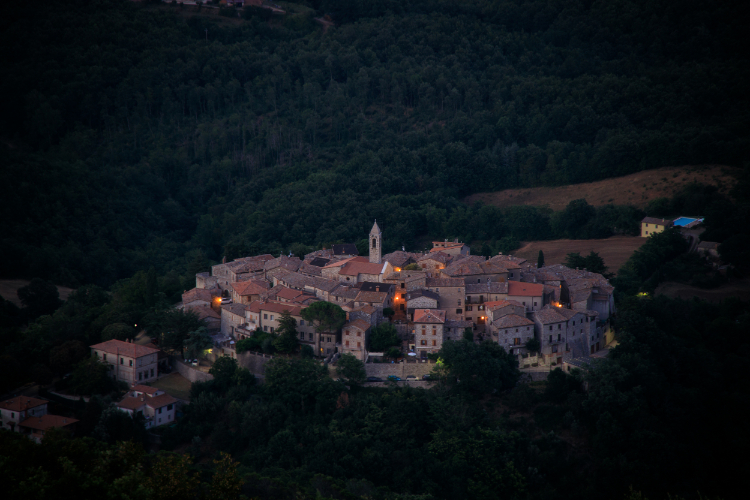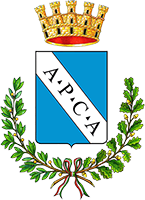
Amerino: an authentic territory
The Amerino area, which includes the territories of Alviano, Amelia, Attigliano, Avigliano Umbro, Baschi, Giove, Guardea, Lugnano In Teverina, Montecastrilli, Montecchio and Penna, extends over 400 km2 in the south-west of Umbria. It stands out for its intact territory, where nature and man-made architecture, such as the ancient ‘cyclopean’ walls of Amelia, blend in great harmony. Extensive woods, mountains, hills, olive groves and vineyards, naturalistic oases along the course of the Tiber River, fascinating castles such as those of Alviano and Giove, watchtowers and ancient villages steeped in history in which the elegant facades and bell towers of the Romanesque churches stand out like jewels. The Amerino encompasses the best of Umbria, in an extraordinary variety, offering visitors total immersion in a timeless territory, thanks also to its hospitality and exceptional gastronomy.
It is worth highlighting the characteristics and naturalistic role played in particular by the Amerini Mountains, an environmental passageway between the Nera and Tiber valleys and a recognised habitat of Community interest (SCI Amerini Mountains).
Included in the D7 area of the regional footpath network, the entire area is ideal for outdoor tourism with fascinating trekking routes on foot, by bike or on horseback.
The rich and valuable vegetation (Mediterranean scrub, centuries-old holm oaks, English oak trees, Turkey oaks and chestnut trees) covering the mountain slopes (Monte Cimamonte, Monte Castellari and Monte Croce di Serra) and hillsides, alternating with olive groves and vineyards, is an important element of the landscape and identity of this area.
A further element of historical and cultural identity is the medieval layout of the hilltop or ridge towns and the system of fortresses and castles. The historical identity is also strengthened by the presence of an important Roman (but certainly pre-existing) communication route, the Via Amerina, which originally connected Veio to Ameria (3rd century B.C.).
There is also a strong identity in the archaeological heritage (the polygonal walls of Amelia and the numerous Roman and pre-Roman remains, such as the famous bronze statue of Germanicus, the Villa of Poggio Gramignano in Lugnano in Teverina, or the necropolis of the former Consorzio Agrario in Amelia and San Lorenzo in Montecchio and the Grotta Bella in Avigliano Umbro) and palaeontological heritage, in particular the Fossil Forest of Dunarobba, one of the most important palaeontological sites in the world.
Agriculture still constitutes the identity of the area, with wheat crops, vineyards, olive groves and rural cottages with traditional dovecotes, and enriches the entire Amerino landscape with meaning.
